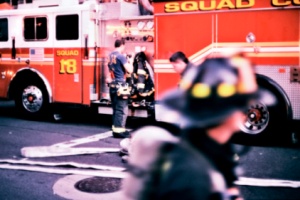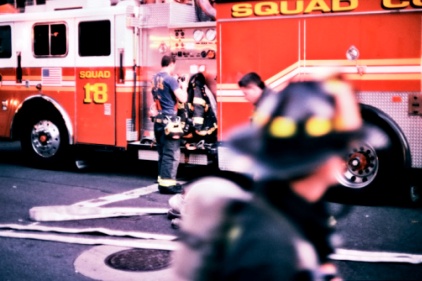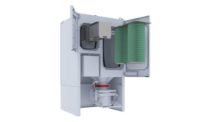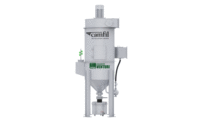 OSHA has just published a new booklet that outlines safe procedures for emergency responders who may face fires and explosions caused by combustible dust. "Firefighting Precautions at Facilities with Combustible Dust"describes how combustible dust explosions occur and uses historic incidents to illustrate how firefighting operations can prevent combustible dust explosions.
OSHA has just published a new booklet that outlines safe procedures for emergency responders who may face fires and explosions caused by combustible dust. "Firefighting Precautions at Facilities with Combustible Dust"describes how combustible dust explosions occur and uses historic incidents to illustrate how firefighting operations can prevent combustible dust explosions.
The booklet explains emergency responders preparations and how these preparations will affect the operational plan during a response.
A wide variety of materials can be explosive in dust form, including:
· foodstuffs (sugar, starch, flour, feed)
· grain
· tobacco
· plastics
· wood
· paper
· pulp
· rubber
· textiles
· pesticides
· pharmaceuticals
· dyes
· coal
· metals (aluminum, chromium, iron, magnesium, zinc), and
· fossil fuel power generation.
Some sources estimate more than 500 combustible dust related fires and explosions occur annually in the U.S. OSHA reports that since 1980, more than 130 workers have been killed and more than 780 injured in combustible dust explosions.
Combustible dusts include fine particles, fibers, chips, chunks or flakes that - under certain conditions - can cause a fire or explosion when suspended in air. OSHA's Combustible Dust Web page provides additional information and resources for preventing and minimizing the effects of combustible dust fires and explosions.





